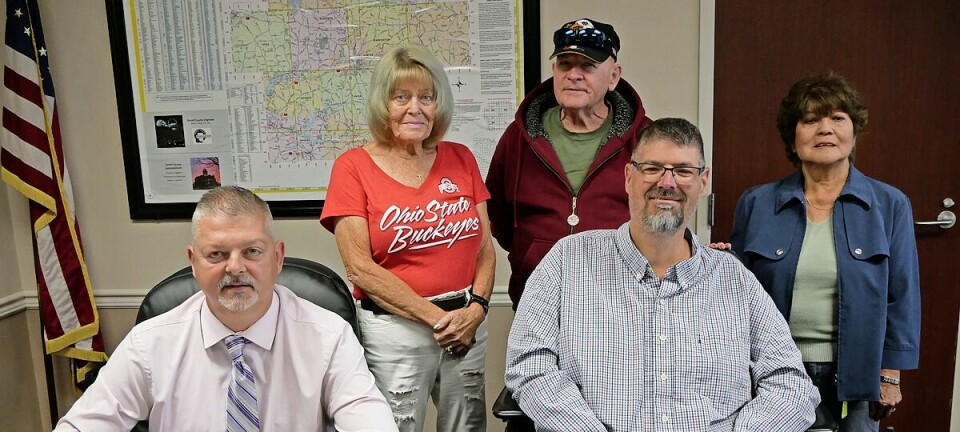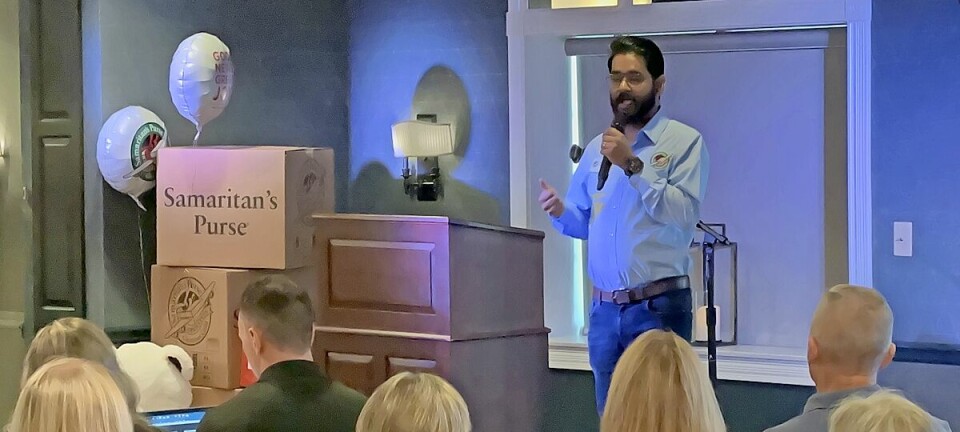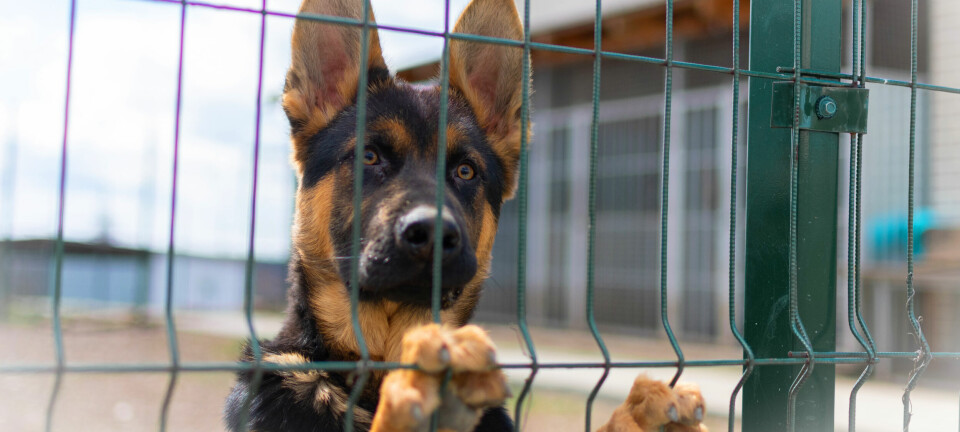Wayne County Children Services adapts to COVID-19 challenges

While the rest of the community was learning to face life with COVID-19, Wayne County Children Services faced unique challenges but was able to continue upholding its mission of protecting abused, neglected and dependent children and strengthening families.
“Our biggest priority was still managing to meet our mission while ensuring the safety of our employees and everyone we work with,” said Wayne County Children Services Board executive director Deanna Nichols-Stika.
Children Services provides a variety of services to strengthen, preserve and empower families within the community.
Protective services the agency offers include reporting abuse, emergency assistance, intake services, and child abuse and neglect training for daycare providers. Community education programs are also available.
Prevention services include family services, kinship services, and independent living and young adult services.
Since 1882, the agency has provided foster child care and adoption services, according to Nichols-Stika.
“When children cannot stay in their own homes due to safety concerns, and relatives are not available, foster care is the next least restrictive and preferred setting,” Nichols-Stika said.
Adoption is the permanent legal transfer of all rights and responsibilities from one family to another, and is another service managed by Children Services.
According to Children Services’ website, the agency has taken in more than 1,000 overall intake cases per year in the last three years.
“So, as you can see,” Nichols-Stika said, “our services are essential to the community and that doesn’t end just because of a pandemic.”
Nichols-Stika said that like with most of society, technology made what seemed impossible merely challenging.
“I don’t want to say it was ever easy, but we feel like we adapted very well within our own organizational staff and the community,” she said.
At the beginning of the crisis, nearly 98 percent of the staff was sent home to work remotely, Nichols-Stika said.
“We scaled back to keep everyone safe,” she said, “but at the same time we knew we still had to somehow keep families and children connected.”
Guidance from both the federal and state governments helped in the process. First, the federal government ruled that virtual visits could take the place of in-person meetings during the pandemic.
Nichols-Stika said many families already had technology in place but assistance was made available to families that had a need.
During the interim, until in-person visits could resume, most families actually visited online two or three times a week, as opposed to the previous once weekly in-person visits.
The agency began to resume in-person visits in May, and Nichols-Stika said a flowchart from the Ohio Department of Job and Family Services made it easier for her staff to ask all the questions that need to be considered in deciding if in-person visits could be held in a way that was appropriate and safe for all.
“We’ve also been trained in all the best practices according to the CDC, including things like how to wear a mask and other PPE to fit appropriately, temperature taking, et cetera,” she said.
The local community was also essential in helping the agency to continue operations, Nichols-Stika said.
“We received donations from local businesses like face masks from Certified Angus Beef and disinfectant from Minglewood Distillery,” she said.
When the virus first hit, Nichols-Stika said one of her first concerns was how children would be able to continue to get the nourishment they needed when school lunches were no longer available.
“Fortunately our school systems came through immediately with the distribution of free lunches throughout the communities,” she said.
The number of screened intakes by the agency was down by 26 percent in April and by about 43 percent for May, Nichols-Stika said.
“I’m pretty sure the decrease for May reflects that ordinarily, teachers would be making referrals for students before they go home for the summer, but of course we didn’t have that happening this year.”
Nichols-Stika said the agency’s mission has not changed, so she encourages people to continue to support families over the summer by checking in on each other and seeking help if they see something concerning.
“I can’t say we did everything perfectly,” Nichols-Stika said, “but if we do have a second wave I’m confident we will be better prepared than ever to deal with it.”
If you suspect child abuse or neglect, call Children Services at 330-345-5340, extension 2379; the hotline at 1-855-642-4453; or the local police department. Calls to Children Services are monitored 24/7.
Many volunteer opportunities exist within the agency, such as the closet of hope, the Christmas project, shop with a hero, and tutoring and mentoring opportunities for children and adults. Volunteers are always needed.
Call Children Services at 330-345-5340 for more information.

























